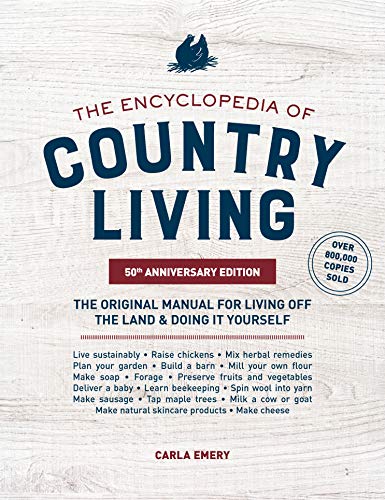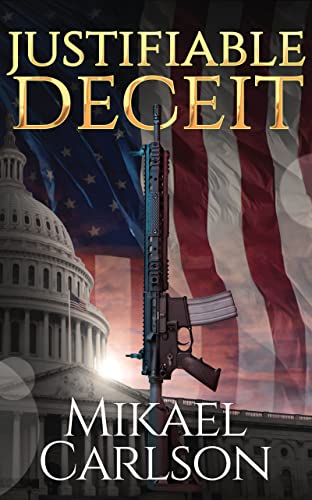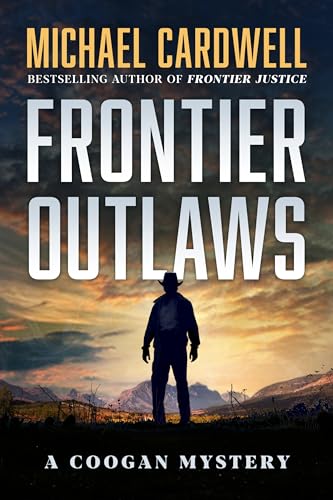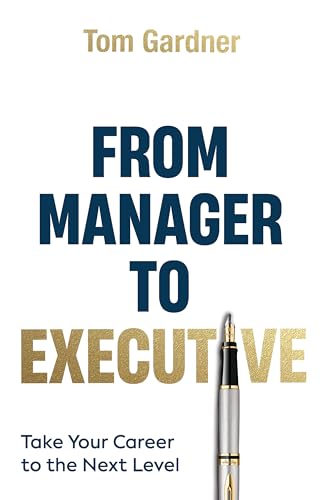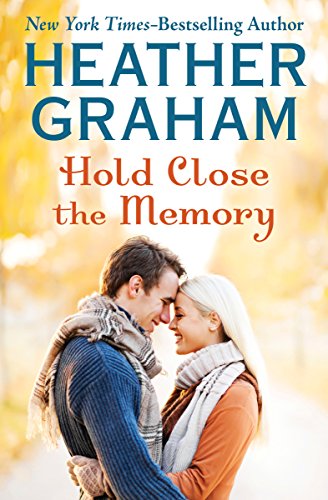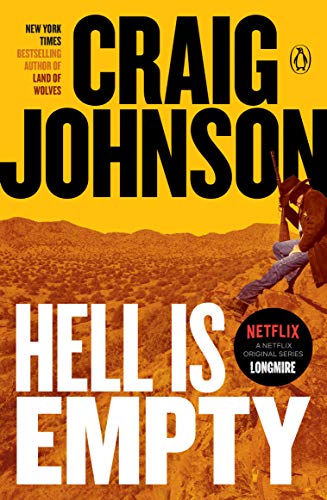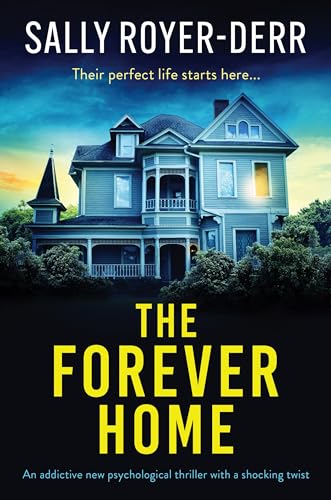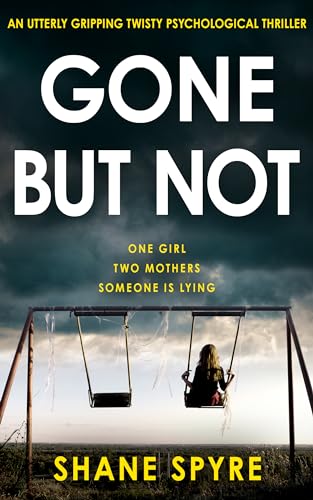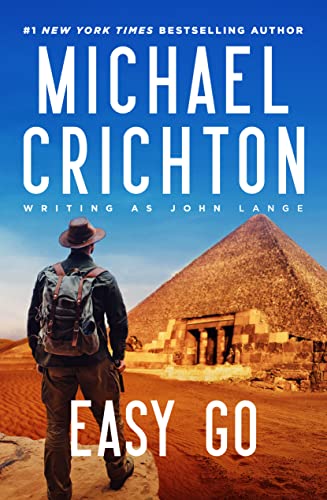Amazon’s report of quarterly earnings last Thursday was greeted widely as an indication that the company can’t generate sufficient margins with Kindle devices and content. That interpretation has been reasonably straightforward, with strong echoes of sentiments that characterized critics’ views of Amazon during its early pre-profitability years in late 1990s and into the 21st century:
Despite rapid growth in Kindle hardware and content sales [the thinking goes], the combination of competition and Amazon’s penchant for pursuing loss-leader strategies to capture market share have forced Kindle-associated margins so low that, as the Kindle portion of Amazon’s overall business grows, it will lead inevitably to erosion of profits.
Due in part to this interpretation, Amazon’s share price, which closed Thursday within 3 percent of its all-time trading high, dipped dramatically in after-hours trading that day and has gained back only a fraction of those losses since.
But the low-margins interpretation misses another, much more dramatic story:
The big story is that in just three years Amazon has positioned itself to triple its overall share of the U.S. book business for all formats. Before the end of 2012, Amazon could own more than half of the U.S. book business across all formats.
How stunning a development would that be? Prior to the launch of the Kindle in 2007, Amazon was widely considered to account, at most, for somewhere around 15 percent of all U.S. book sales in all formats by all retailers.
Amazon has not reached 50 per cent yet, and is still far from that range where all titles are concerned. But one of the most reliable crystal balls for determining future bookselling trends is to examine and parse developments as they play out with inpidual bestsellers in the overall book marketplace, when numbers are available.
 |
| Room author Emma Donoghue |
Last week both Amazon and one of its most consistent publishing business critics, paid subscription site Publishers’ Marketplace, shined their respective spotlights on sale trends that have been playing out with a single bestselling novel, Emma Donoghue’s Room. (Room was published September 13, 2010 and became a breakthrough bestseller for the Dublin-born Canadian transplant Donoghue. Room currently stands at #26 among ebooks in the Kindle Store despite its agency-model price of $11.99. The hardcover, discounted by Amazon to $14.41 (20 percent higher than the Kindle edition), is #43 in the main Amazon store. It is #13 among far fewer available bestsellers listed in the iBooks store, and #35 on the Nook. Importantly for these discussions, the book has also been on the IndieBound bestseller list for independent brick-and-mortar booksellers for the past 20 weeks, and currently stands at #4.)
Helpfully, it turns out that we know a lot about Room sales, thanks to Amazon and Publisher’s Marketplace.
Russ Grandinetti, Amazon’s vice-president for Kindle Content,told a Digital Book World conference last week that, for Room, “total Kindle sales are equal to 85 percent of Nielsen BookScan’s print sales number.” Publisher’s Marketplace then performed some very helpful extrapolations and further calculations arriving here:
If the BookScan number is 80 percent of the print sales total, then Kindle sales here would 68 percent of all print. More importantly, though, to calculate what percentage of the book’s total sale was on Kindle, you need to add Kindle + BookScan + that other 20 percent together and look at Kindle as a percentage of that sum. So it’s 68 over 168, meaning that Kindle sales were 40 percent of the total sale in all formats for ROOM.
But it doesn’t end there. Grandinetti and other Amazon spokespersons said repeatedly last week that Kindle editions were currently outselling Amazon sales of their hardcover counterparts by a 3-to-1 margin, which means that Amazon hardcovers equal about 25 per cent of combined sales for these titles. Even if hardcover sales of Room fell short of this and constituted only 20 percent of Amazon’s combined, this would mean that total Amazon sales of Room constitutes about 50 percent of the total sale in all formats for ROOM.
It’s just one title, but what we’ve been seeing quite often with Amazon and the Kindle over the past few years is that what happens first with one title happens subsequently with more titles and then, ultimately, with most titles. It was a big deal in 2009 when Kindle sales of The Lost Symbol outstripped Amazon’s hardcover sales right from the drop, and a little over a year later Amazon announced that all Kindle editions were outselling hardcover units for the same titles, across the board.
outstripped Amazon’s hardcover sales right from the drop, and a little over a year later Amazon announced that all Kindle editions were outselling hardcover units for the same titles, across the board.
But there are other forces at play, and I’m not just talking about the fact that Room is one of the strongest sellers over the past five months for indie booksellers. Back on January 5 when USA Today reported that 19 of the top 50 titles on its bestseller list had sold more ebook than print copies for the previous week, publishing industry insiders blamed Santa Claus and downplayed the significance.
“What’s most interesting is what happens next week or over the next month. About 3 million to 5 million e-readers were activated last week. Will the people who got them keep downloading e-books, and at what rate?” asked Publisher’s Marketplace founder Michael Cader. Bowker’s Kelly Gallagher, too often a cheerleader for the status quo in publishing, was quoted saying that the surge in e-book sales “is not a sustainable trend.”
Right. Well, that was January 5. Now it’s February 2, and that trend, far from declining, has actually become stronger. On USA Today’s most recent bestseller list, for the week ended January 23, the number of titles with greater ebook sales than print sales had grown from the 18-19 range for the first three weeks after Christmas to 23 of the top 50.
There is a wide range of factors that are likely to push the velocity of change even faster for ebook sales specifically and Amazon’s share of the overall bookselling market in general, but the fact that brick and mortar bookstores are closing at a faster rate than ever, from local indies to chains, is bound to contribute to a snowballing effect. The imminent bankruptcy of the Borders chain is this week’s headline, but it’s just the headline. And despite the recent fuss about the new partnership for ebook sales between Google and the American Booksellers Association, it is inevitable that as ebook sales rise, brick-and-mortar stores will decline and publishers will gradually lessen their investment both in the bookstore-based physical distribution network and in print editions.
Finally, there’s Amazon’s not-so-secret weapon for building retail market share for its Kindle and print content sales: direct publishing, Amazon exclusives, and indie authors. Recent developments in this area deserve a post all their own, but for now we’ll just note that 36 of the top 100 bestselling ebooks in the Kindle Store are published either by indie, direct-to-Kindle authors or by Amazon publishing subsidiary programs such as AmazonEncore, AmazonCrossing, or Kindle Singles. The vast majority of these titles are either not listed or not selling at any appreciable level on any other retail venue, and they are not yet included on any bestseller lists other than Amazon’s own, although their sales would in many cases justify such inclusion. But the sales are there, the profits are there, and once again Amazon has positioned itself to dominate the market share for this, the fastest growing sector of the fastest growing sector in bookselling.
Which brings us back to Amazon executive Grandinetti, and his summary point in last week’s discussions: “However fast you think this change is happening, its probably happening faster than you think.”
Whatever the rate of change, and whatever the velocity of change, most of the other players in the book business and many of Amazon’s market analysts and investors may be missing the point as to exactly where this change leads. AMZN is not a day-traders’ stock, but for investors who take a long view it may have just moved into a new and very positive category.
If Amazon has decided to accept single-digit margins during this Kindle “investment phase,” and the result is that the company has set itself up to own a 50 per cent market share of the entire U.S. book business by the end of 2012, there will be no shortage of happy investors — and devastated competitors — at that point in the relatively near future.

